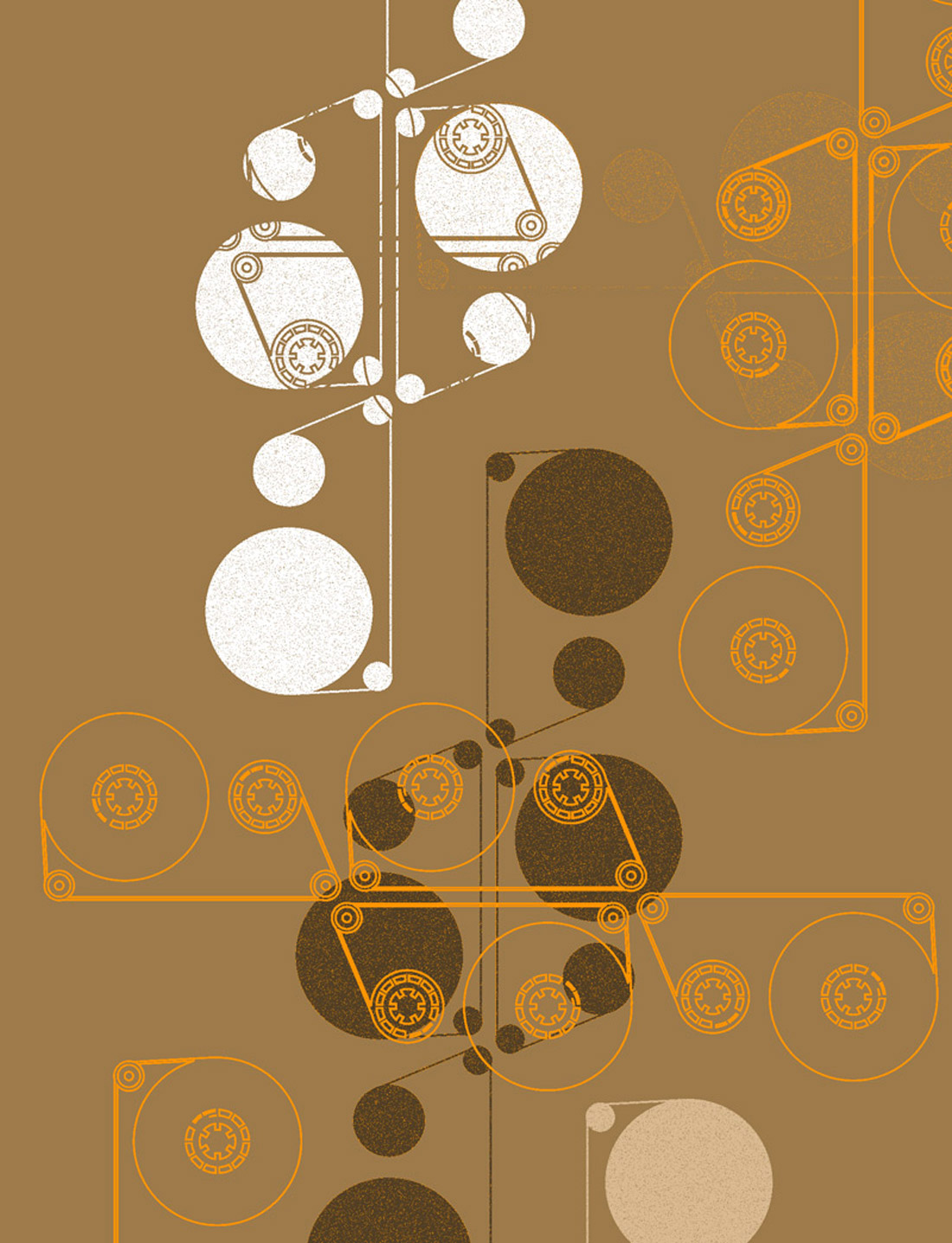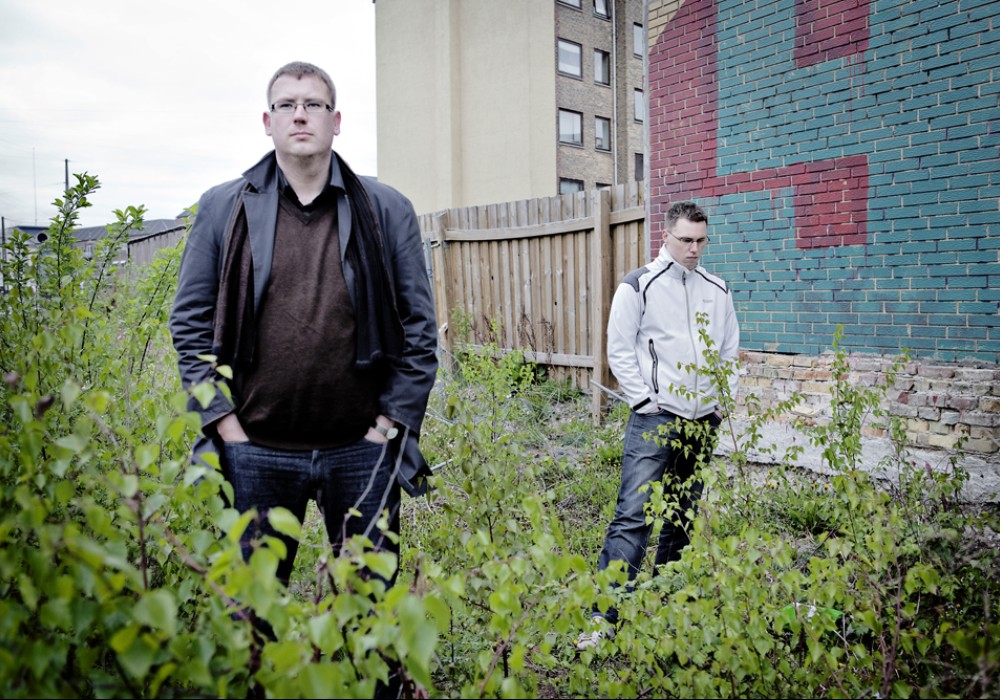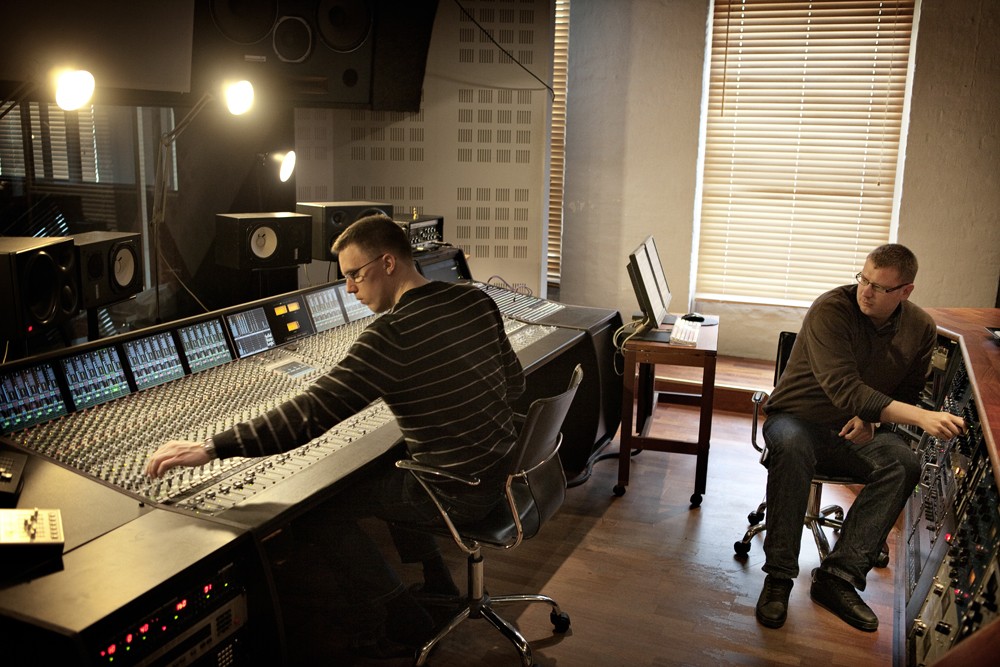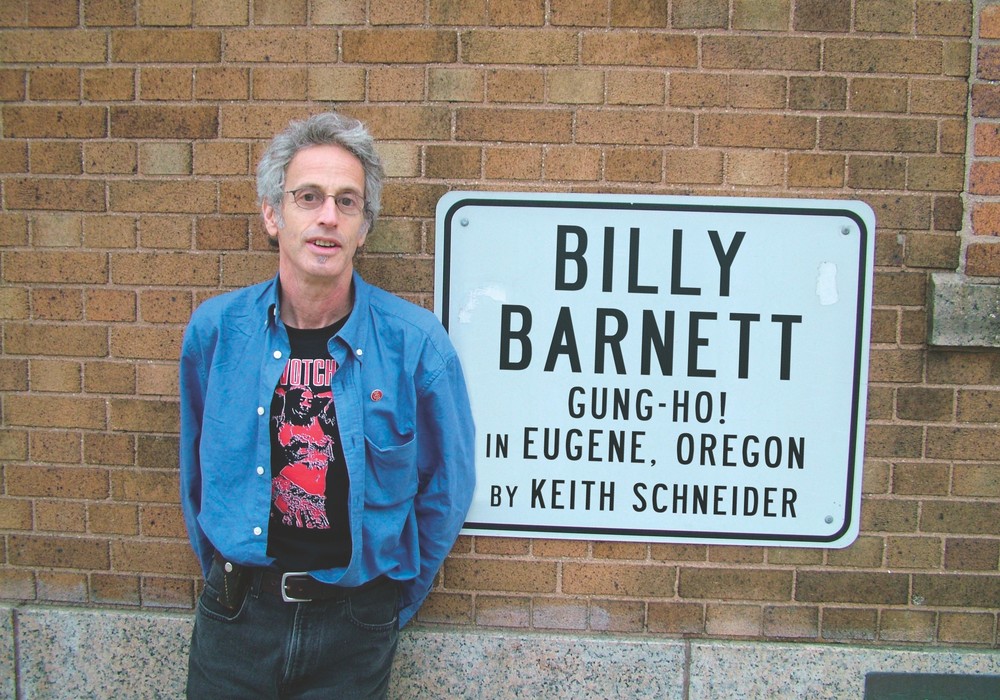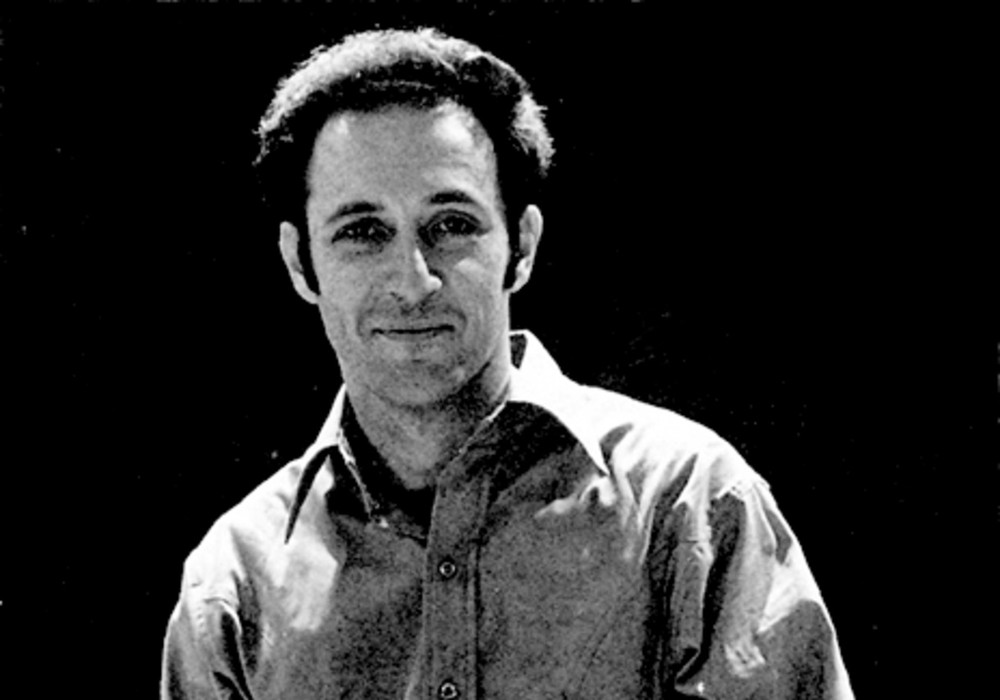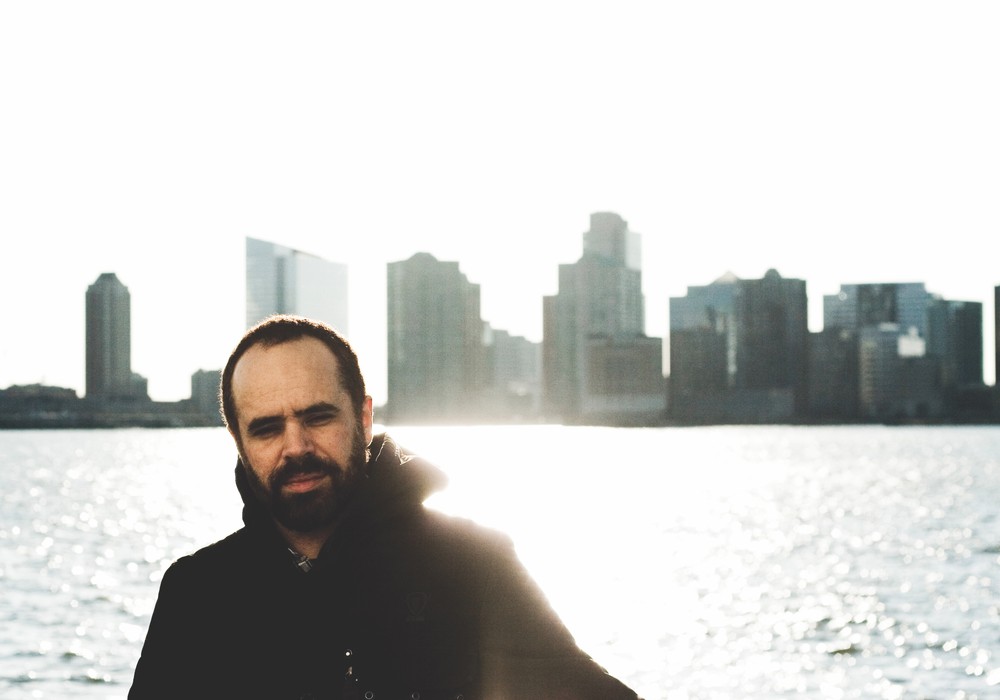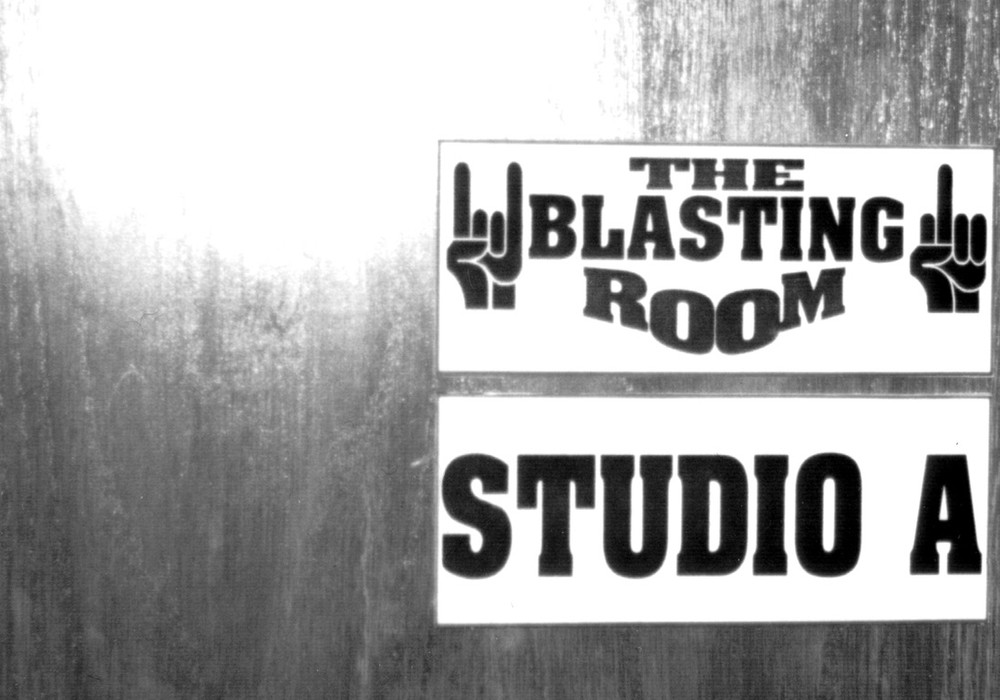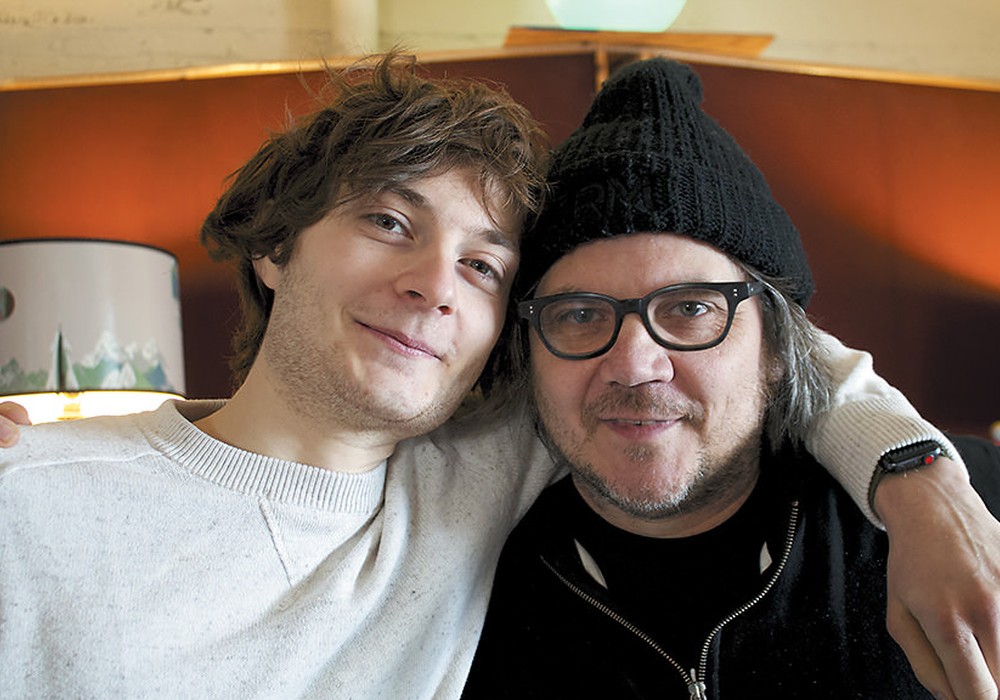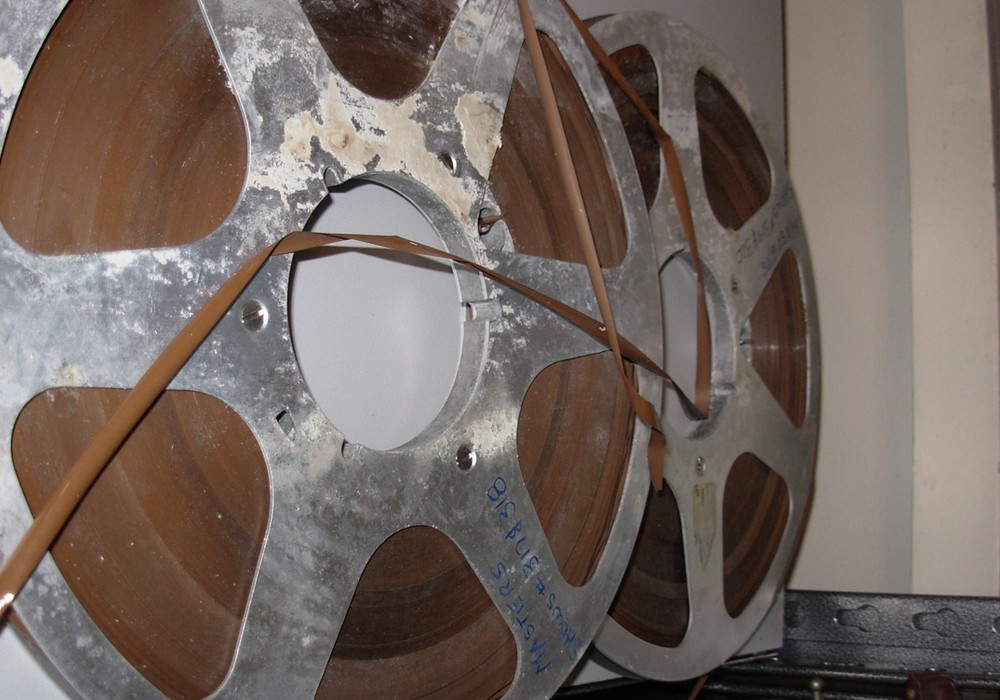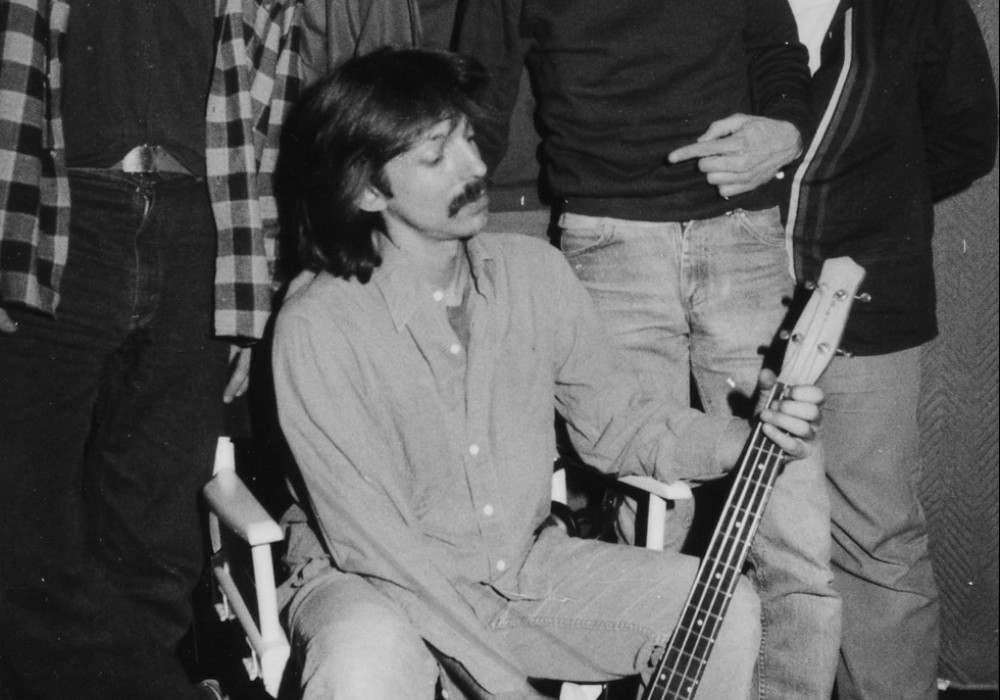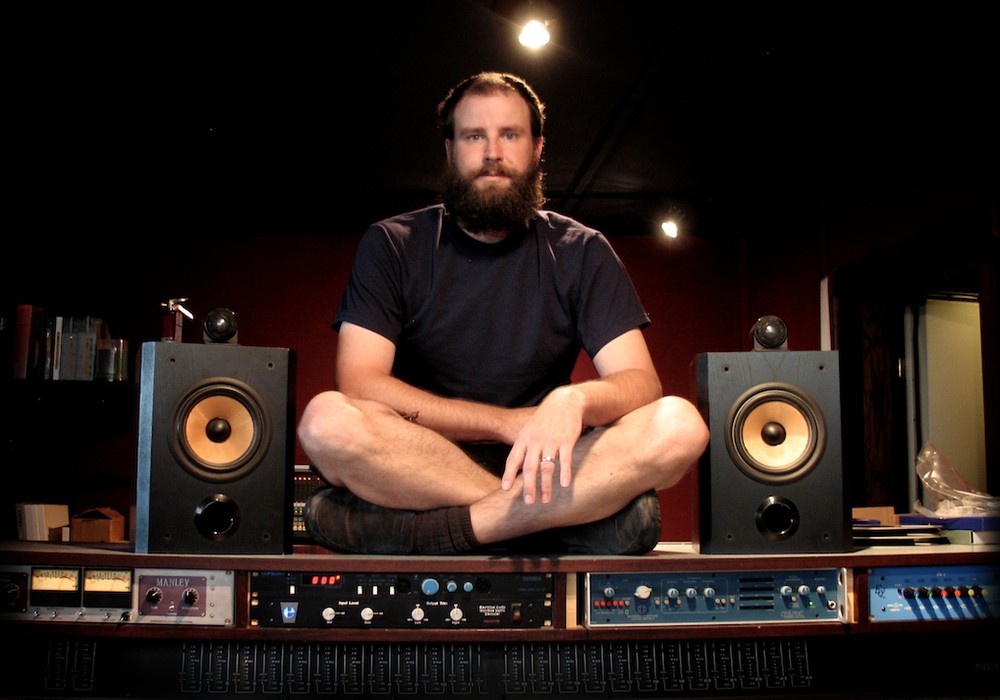Black Eyed Peas, Lady Gaga, The Script, The Raveonettes, Kaizers Orchestro or Tricky — it probably won't cross your mind that artists like these have worked in Copenhagen. In only five years Baby Factory has become one of the biggest recording studios in Scandinavia. I met up with Danny and Lars in their recording studio.
How did you come up with the name Baby Factory?
Lars: Back in 2001 I was working as a trainee at the famous Enterprise Studio in Los Angeles. There I watched an interview with Janet Jackson where she called her music "baby making music." When I realised that was slang for "love making music" I was hooked. At the same time I was doing a record with Lars H.U.G. (a famous Danish singer). He told me that making music compares to having kids. "A record should have the same amount of love and care as a child before presenting it to the audience." In the movie The Wash, Snoop Dogg and Dr. Dre visit a lady with 11 kids and they call her a "baby factory." So when making music is like making children and many children are equal to having a factory, the name became obvious to me.
How did you enter the music business?
Danny: I had been playing music all through my childhood. I became more and more interested in recording and engineering, and ended up focusing on that instead. I took a BA in sound engineering at the Copenhagen Rhythmic Music Conservatory, while concurrently working as both studio and live engineer. After having graduated I started Baby Factory together with Lars.
L: I worked in a studio in the late '90s. It was owned by a famous Danish band. Once a year they used it for album recording. The rest of the time I had it for myself. I consider it a very experimental period, which taught me a lot. I could bring a band to the studio and try out different recording methods in practice. That was fun. I worked there for three years followed by a couple of years freelancing in various studios.
Do you play an instrument?
L: I used to play drums, but I guess it's been 15 years since I played. I've done some shaker on recordings from time to time, but I'm not really tight enough.
D: My main instrument was the saxophone, which I probably played for 10 or 12 years. Additionally, I play piano accompaniment and guitar.
When did you start working together?
L: We first met when we worked together at a live sound company. But our first collaboration in a studio context was on a single back in 2001. On a serious professional level it was seven years ago.
Why do you think foreign artists come here to work?
L: It is the same quality for a lower price and it also benefits the customers by giving them a chance to get away from home. An artist from London may leave home and be here after two hours and start working. Our American costumers have found out that their songs can be mixed equally well in Denmark — for a lower price and they don't even have to be here, they just upload the material to our FTP server.
D: In addition, we have been told repeatedly that they really like the vibe over here. They think Copenhagen is a fantastic city, and our studio has got a really good reputation for its atmosphere. We ourselves are inspired by the "American sound" that has a solid low end and a lot of punch in it, but at the same time we can throw some European style in the mix where there is a little more room for things — you are not completely out of breath after 30 seconds of listening. We've managed to strike a good balance, which a lot of people are beginning to like. We have also become quite famous for our technical quality. We are very focused on doing things properly. People have always been happy with the recordings, and we have repeatedly been praised by other mixing engineers for the high standards on the sessions we forward to them.
How have you come to work with stars such as Black Eyed Peas?
L: We are doing mixes on a regular basis for a Danish producer team named Madness 4 Real, and they produced the tracks for Black Eyed Peas, 40 Glocc, PMD and Mic Geronimo.
Well known international producers have worked with you. Aren't they used to big recording studios, like in NY?
L: Funny you mention New York, because when we worked with B-Money who has produced 50 Cent, he told us that our studio is similar to the old Hit Factory Studio B in New York. But we have exactly the same equipment as the big studios in the U.S.: An SSL desk and lots of outboard gear.
D: Unlike most American studies where the control room is jammed together, we have a fairly airy space, which often seems to impress our customers.
Is there a difference between how you work in contrast to U.S. techniques?
L: Every engineer has his own way of working, but I've learned a lot from the Americans who've worked in our studio. For example, when Sam "Samiam" Thomas was here, he used a lot of high and low cut on all channels in the mix to "clean up" the song.
D: As Lars says, it's a very personal thing, but from what I've experienced Americans seem to focus on the overall feeling of the track, where we might dig a little deeper and try to remove whatever is not supposed to be there. Roughly put, it is somewhat as if some Americans have a "set and forget" mentality when it comes to setting the compressor, etc. For me that's an ongoing and dynamic process. When I'm mixing vocals I'll still pay attention to the drums. It's a symbiosis. Changing one thing affects the other. A lot of American producers have several presets on their mixer and outboard. They'll have one channel allocated to the bass drum, which will be their working platform. I always see every track as an independent individual, which means I rarely use preset equipment. The other approach seems a little too fast food-like in my view.
Is there a difference in how you work individually?
L: Yes definitely! I aim for a very old school '90s sound with a lot of ambience and stuff, where Danny is more contemporary in his mixing approach. But we both use American records as references to reach the "American sound." It's an advantage that we each have our own individual sound. Some customers come specifically to work with either one of us.
The big question: digital versus analog?
D: For some it's almost a religious subject. I can see advantages in both. I am a very big fan of analog. It's amazing when you get the opportunity to record on tape. But at the same time I'm also a incredibly big supporter of Pro Tools and the whole digital domain. When I'm mixing it's both analogue and digital. We have a lot of great equipment, such as our SSL Duality, Tube Tech compressors, GML EQs and EMT plates, which I could never do without. They help create a depth in the sound, which I cannot get digitally. I use the analog equipment for the overall shaping of the sound, and highlighting of frequencies. Digital EQs like Sonnox are really effective for the more clinical and accurate treatment — I mostly use them to cut frequencies. They are often not so good at boosting frequencies — the top can easily come to sound like broken glass. Reverb plug-ins still can't keep up — they're still a little one-dimensional in their sound. If you listen to an EMT Plate Reverb or Roland Space Echo plug-in versus the real thing, there is still a long way to go.
Do you have any favorite producers?
D: There are four mixing engineers that inspire me. Dave Pensado can create a low end like no other — he has really done some legendary mixes. Michael Brauer [Tape Op #37] has also put some really great things together. Manny Marroquin is also really good. He makes some very musical mixes. And when it comes to hard, compressed rock music, one cannot fail to mention Chris Lord Alge. It is absolutely crazy what that man can manage to do with a compressor.
L: I'm a big fan of Al Schmitt. You can recognize his sound when you hear him on a track. Otherwise Brendan O' Brien — his stuff sounds amazing.
What are your next goals?
L: It would probably be to do an album recording in the U.S.
D: It's hard to come up with one specific goal. I prefer to say that my goal is always to outdo myself from one production to the next. I strive come up with the best result no matter what.
